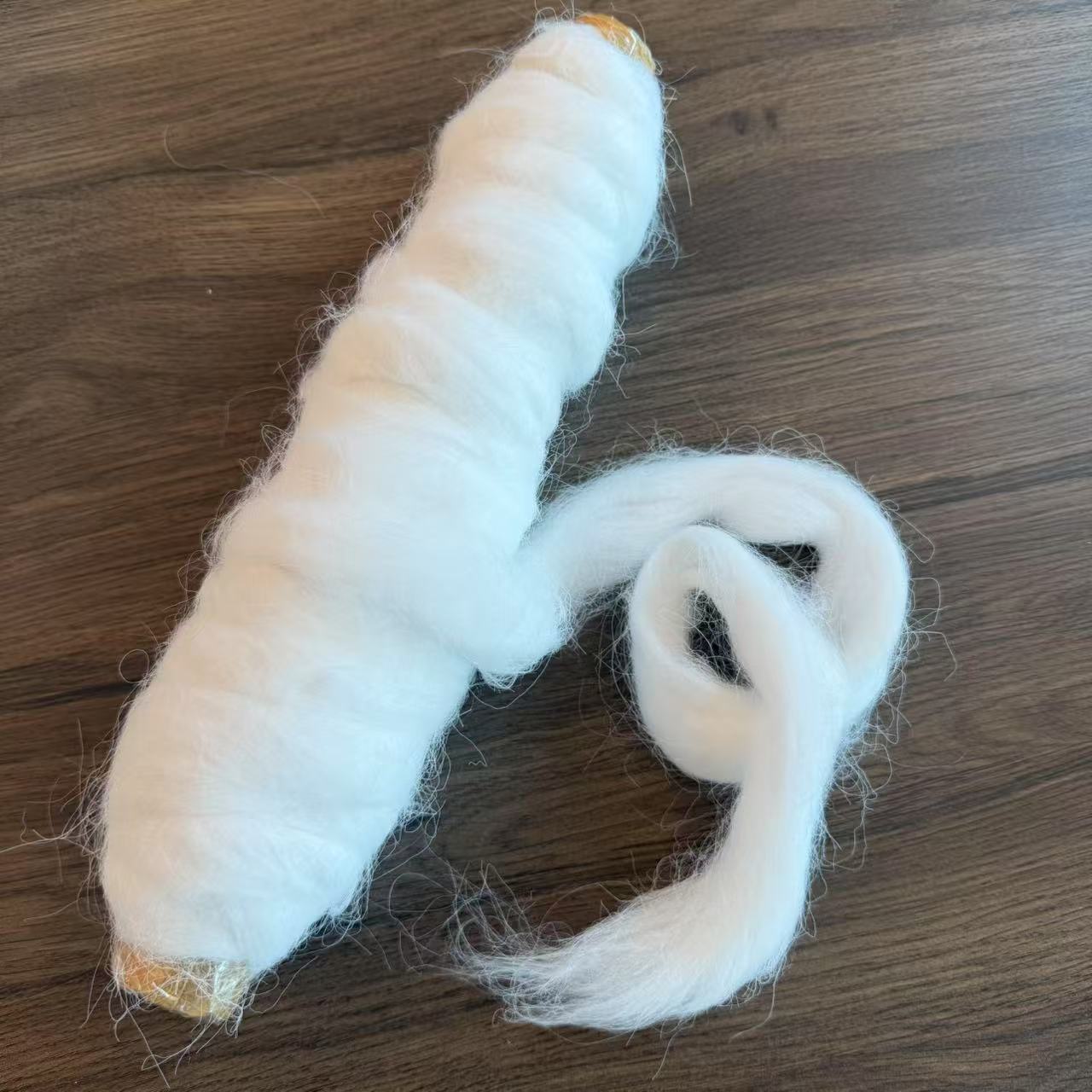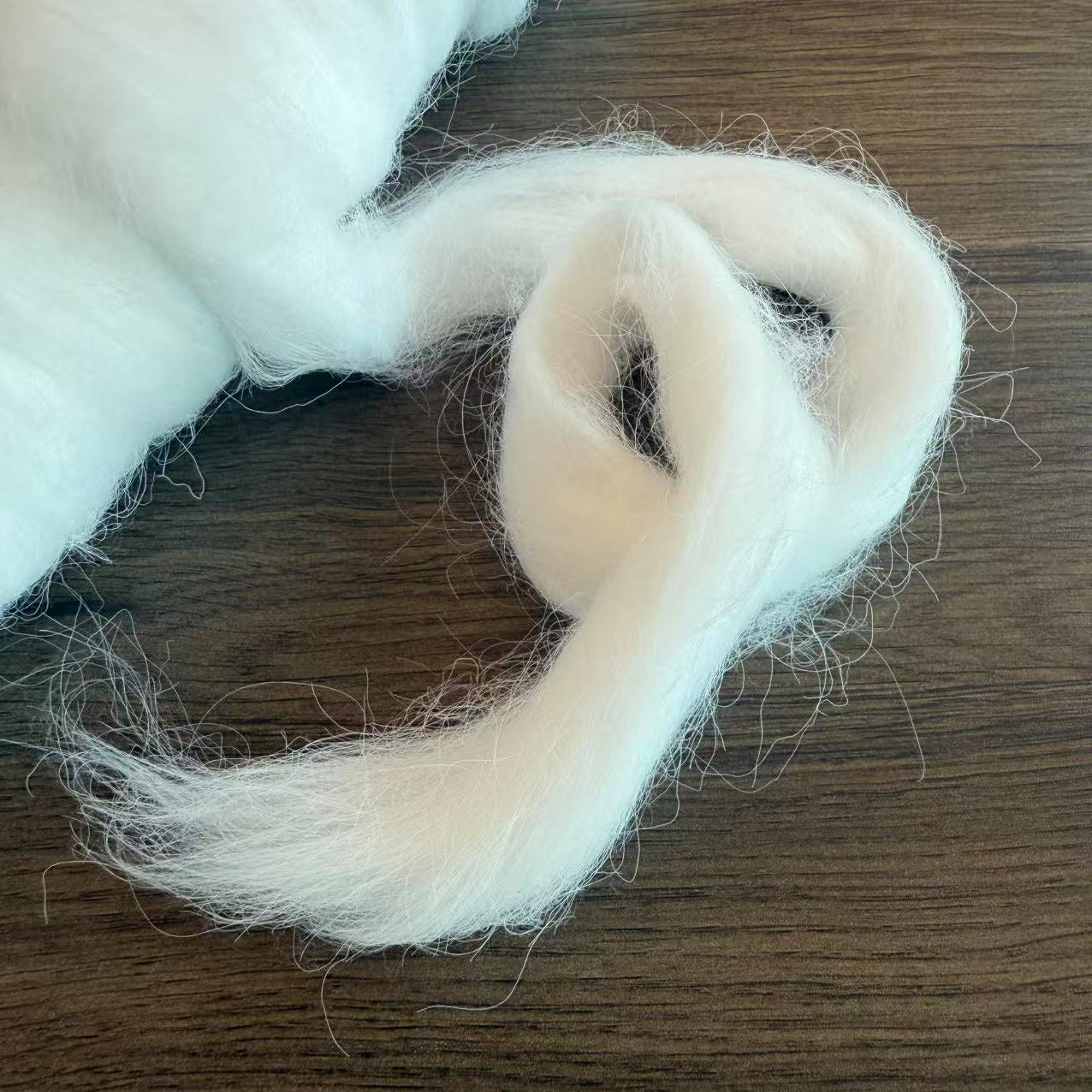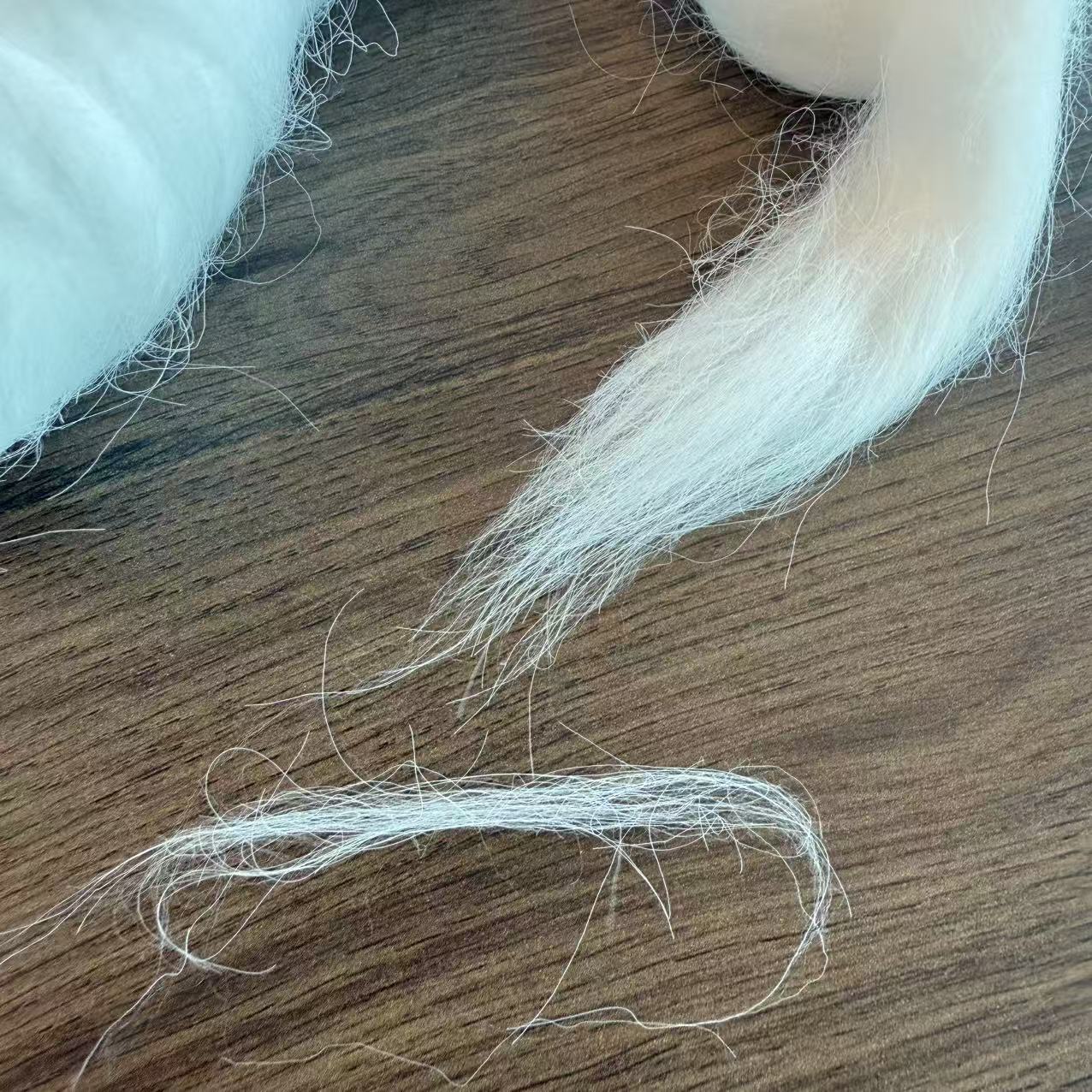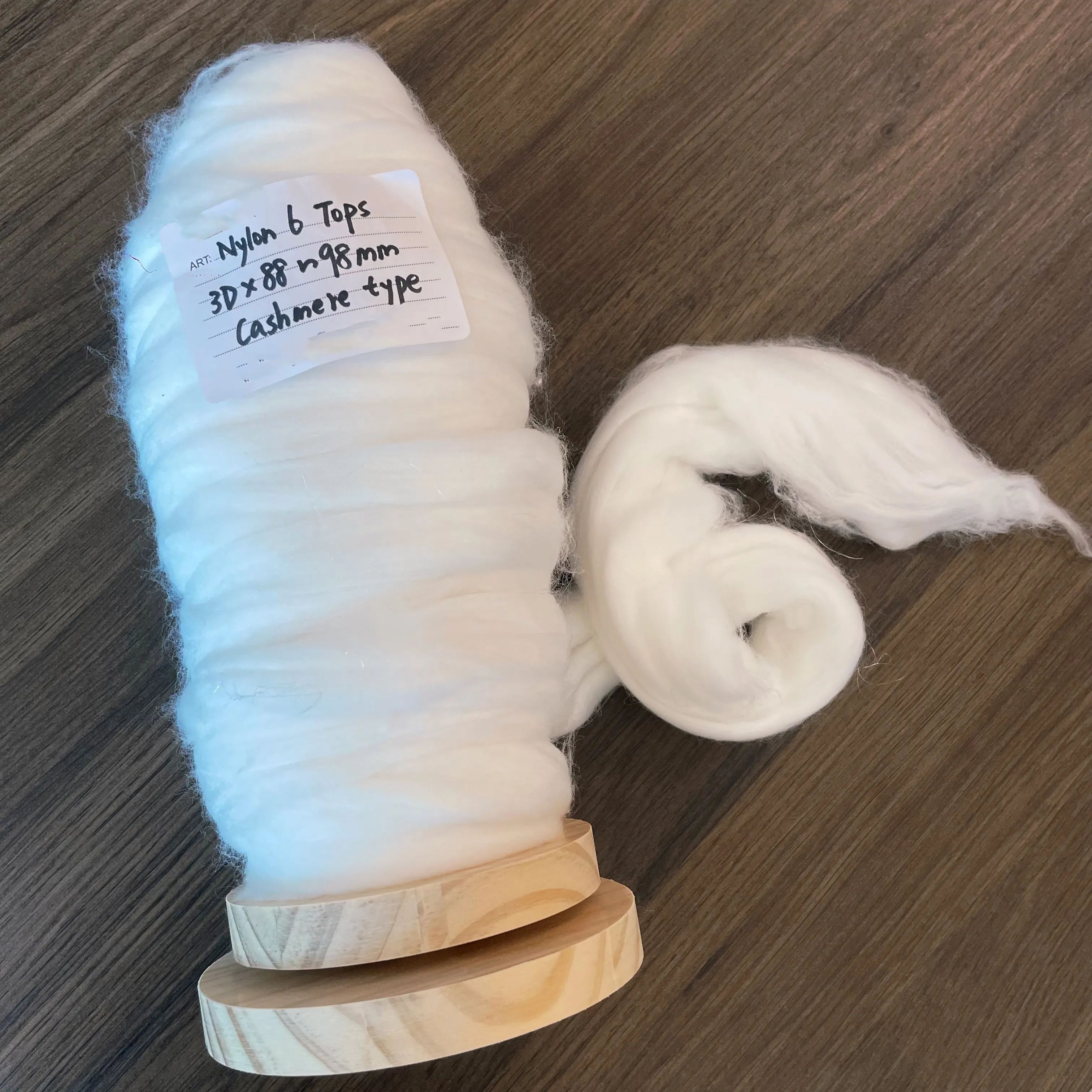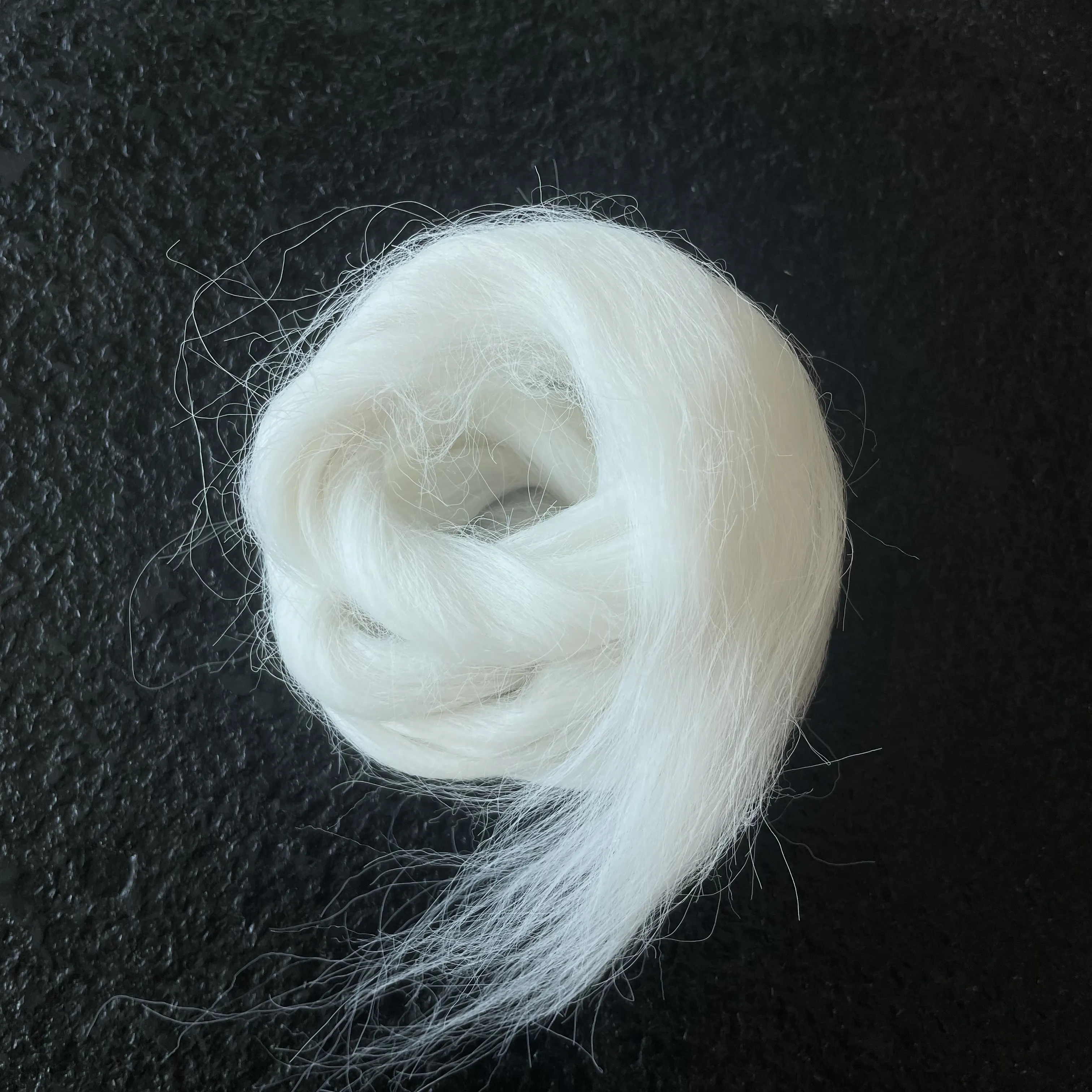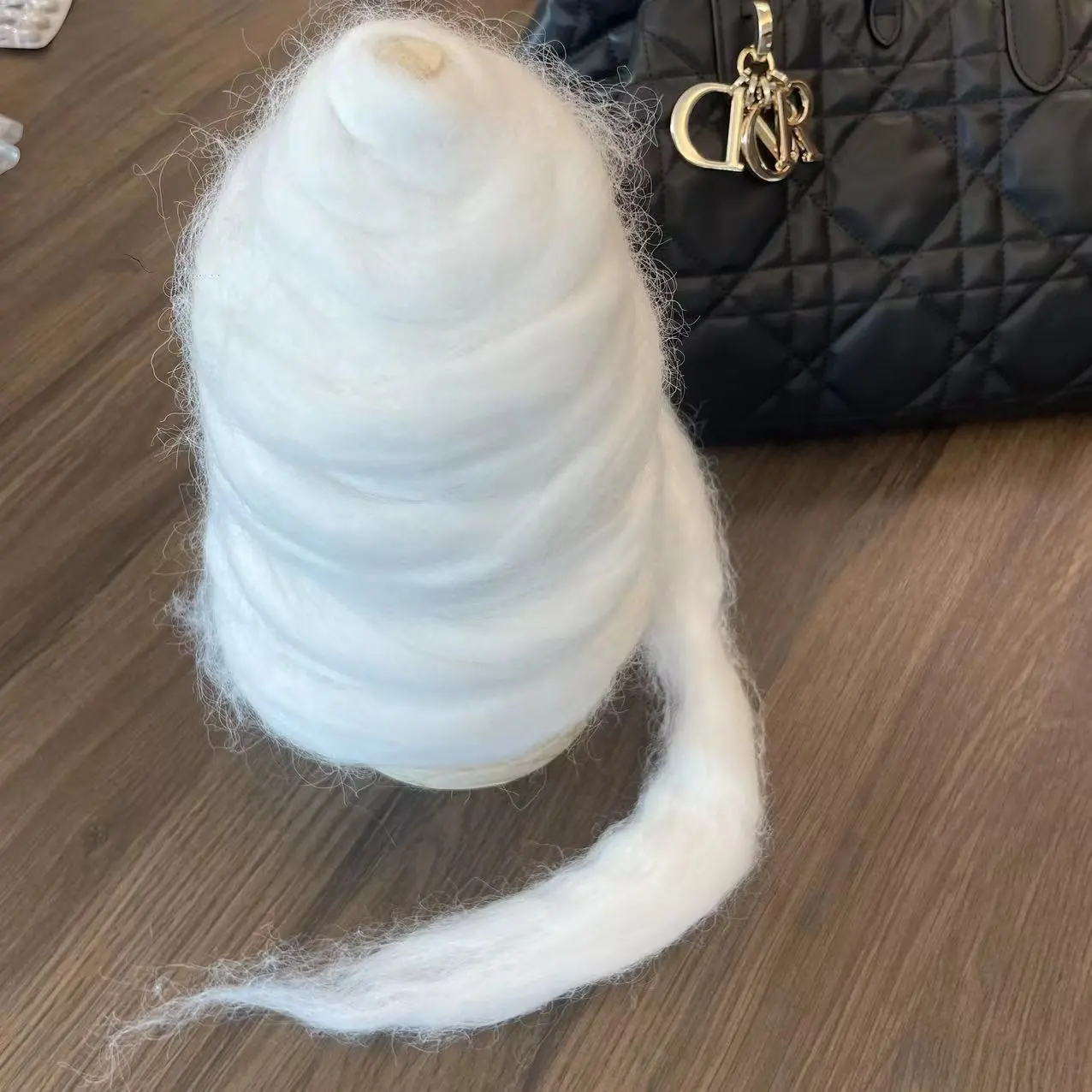The Unmatched Versatility of Viscose Fiber
Viscose fiber stands as one of the most versatile and widely used materials in the textile world, cleverly bridging the gap between natural and synthetic fibers. Often referred to as rayon, this unique material is derived from natural wood pulp but undergoes a significant manufacturing process, resulting in a fiber that boasts a silky feel and beautiful drape. Its popularity is evident in everything from flowing dresses to comfortable daily wear, with its adaptability making it a foundational material for countless applications. Consumers and manufacturers alike appreciate its blend of comfort, aesthetic appeal, and affordability, which has secured its place as a staple textile for decades.
The Alluring Qualities of Viscose
What makes viscose so sought-after are its inherent properties, which mimic those of luxurious natural fibers like silk and cotton. Viscose is exceptionally soft to the touch, with a smooth finish that glides against the skin. It is also highly breathable and absorbent, wicking moisture away from the body, which makes it an excellent choice for warm-weather clothing. Another key characteristic is its beautiful drape; fabrics made from viscose hang elegantly, making them perfect for dresses, blouses, and skirts. Furthermore, viscose holds dye incredibly well, allowing for vibrant, rich colors that resist fading. This combination of softness, breathability, and colorfastness makes it a preferred material for garments like stylish black viscose tops that combine everyday comfort with a touch of sophistication.
Exploring Specialized Viscose Formats
Beyond standard fabric, viscose is available in various formats for different industrial and artisanal needs. For spinners and crafters, products like viscose fiber tops provide a ready-to-spin fiber that is pre-combed, saving time and ensuring a consistent yarn. The term 'tops' refers to long, untwisted bundles of fiber prepared for spinning. For those seeking specific aesthetics, black fiber tops offer a deep, rich color without the need for dyeing. For more technical applications, you might encounter 89mm viscose fiber. This specific staple length is engineered for compatibility with certain machinery or for blending with other fibers like wool to achieve desired textile properties. The length dictates how it is processed and determines the final characteristics of the yarn or non-woven fabric, making the 89mm viscose fiber a precise choice for industrial blends.
The Innovation of 3D Viscose Fiber
A fascinating innovation in this field is the 3D viscose fiber. This type of fiber is engineered with a three-dimensional, helical crimp, giving it enhanced bulk, resilience, and loft compared to standard straight fibers. This structure makes it an excellent material for fillings in cushions and duvets, as well as for creating high-performance non-woven fabrics used in hygiene and medical products. When prepared for spinning, these are known as Viscose 3D tops, which spinners can use to create yarns with extraordinary volume, texture, and insulation. The added loft of 3D viscose fiber also contributes to a softer, more cushioned feel in the final product, expanding its use in comfort-focused applications.
The Enduring Appeal in Modern Textiles
The adaptability of viscose ensures its relevance in an ever-evolving market. From the timeless elegance of black viscose tops to the specialized utility of a particular staple length, the fiber meets diverse demands. The development of advanced forms like the 3D viscose fiber further demonstrates its potential for innovation. Whether it is being spun by an artisan using viscose fiber tops or processed in a large-scale mill, viscose delivers consistent performance. Its unique combination of natural origin and manufactured refinement makes it a valuable and enduring component in the fashion, home furnishing, and technical textile industries.



